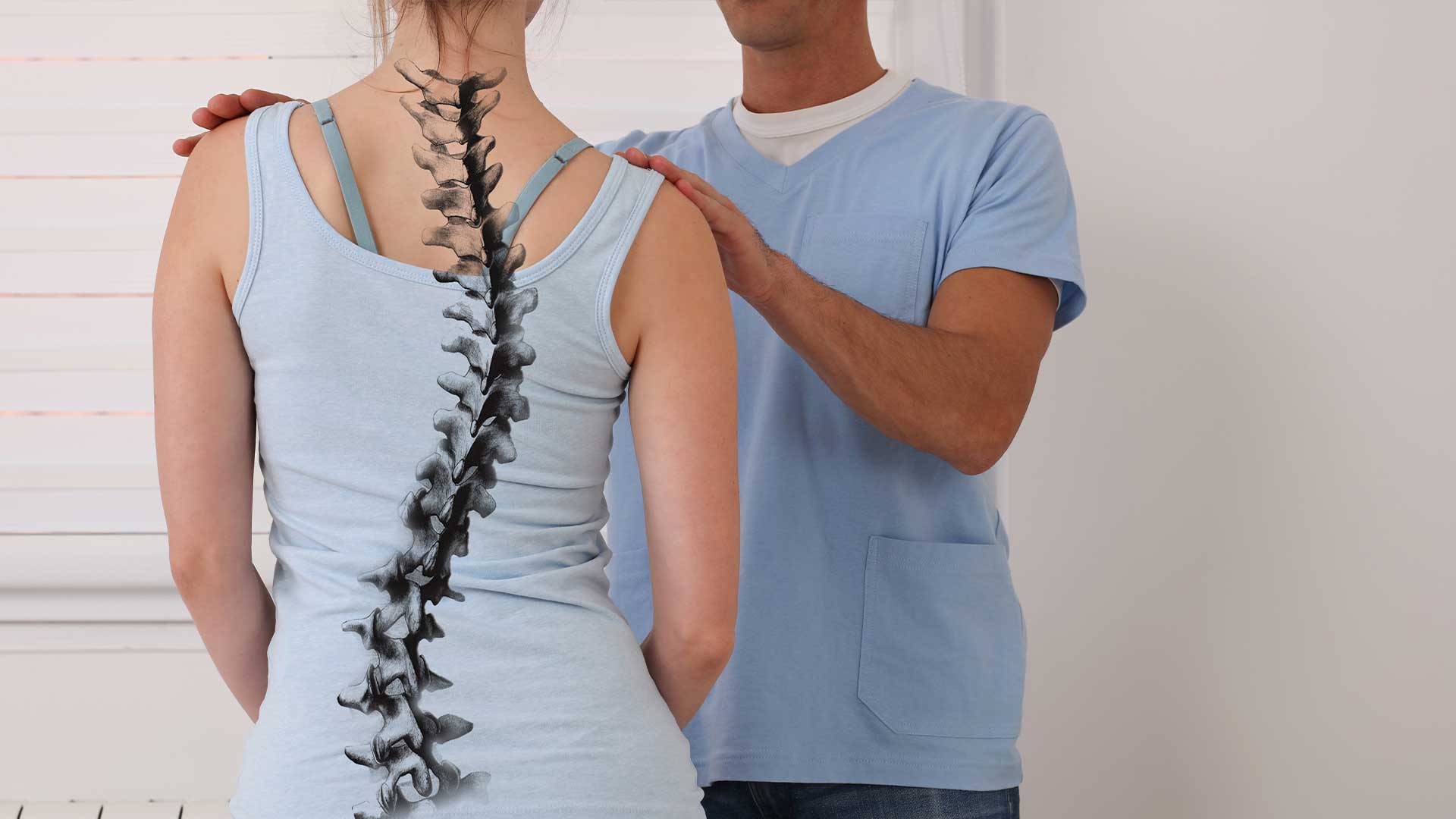What is Scoliosis?
Scoliosis disease is the most common of all spinal malformations. It is the three-dimensional curvature of the spine. Later stages of the course of the disease can cause significant postural abnormalities. This deformity of the spine can be caused by a structural defect or be caused by something unrelated to the spine.
When the underlying cause of nonstructural scoliosis is treated, the condition usually resolves when it is no longer evident or improves greatly over time. The most common cause of this curvature is idiopathic structural scoliosis; however, it can also be caused by structural spine curvature, neuromuscular diseases, connective tissue disorders, infectious or neoplastic conditions, neurofibromatosis, degenerative and rheumatic diseases, metabolic disorders and various traumatic effects.
Idiopathic Scoliosis
Idiopathic scoliosis disease is a spinal disorder in which the etiology of the structural curvature of the spine is unclear. Idiopathic scoliosis is responsible for almost 80% of all spinal disorders.
This complex spinal condition, which is thought to occur during the rapid developmental period of childhood for various reasons, is usually painless and asymptomatic.
It is assumed to have arisen because the spine was still formed during this period. As a result, it is difficult to recognize.
Acute or chronic discomfort in the back and waist, deterioration in the functioning of the heart and lungs, limitation of physical movement are seen in cases that continue without being diagnosed in the early period and cannot be treated. As a result of cosmetic defects, the individual’s quality of life is significantly reduced and the risk of falling into depression is much greater.
Severe curvature is associated with an increased risk of unexpected death. Infantile scoliosis (scoliosis in infants aged 0-3), juvenile scoliosis (scoliosis in children aged 3-10 years), adolescent scoliosis (scoliosis in children aged 10-18 years), and adult scoliosis are the four types of idiopathic scoliosis. is a separate form.
Infantile scoliosis is extremely rare at only 1 percent compared to the prevalence of juvenile scoliosis, which ranges from 11 to 16 percent. Adolescent scoliosis, also known as late-onset scoliosis, accounts for approximately 90% of all scoliosis cases. Late-onset scoliosis is another term for adolescent scoliosis.
Symptoms of Scoliosis
Scoliosis is a disease that develops very slowly and can progress for a long time despite the absence of symptoms. The disease rarely causes discomfort, and most cases are discovered on radiographs done for other reasons. Those who have lost hamstring muscle flexibility, reduced spine bending capacity, and weak abdominal and back muscles, on the other hand, are more prone to suffer severe lower back discomfort as a result of a particular physical activity.
Children with this curvature usually complain of shallow breathing and recurrent respiratory tract infections due to decreased chest compliance. This is due to the interaction between the spine and the rib cage. Untreated and progressive cases increase a person’s likelihood of developing a depressed mood and various other mental illnesses, and spinal curvatures of more than 90 degrees are associated with sudden cardiac arrest.
Scoliosis Treatment
Getting an accurate diagnosis of idiopathic scoliosis as soon as possible is the first step in treatment. The aim of early diagnosis is to stop the progression of the curvature, realign the spine at an appropriate angle, and improve both aesthetics and posture depending on these changes, especially during adolescence.
The primary goals of advanced scoliosis treatment are to alleviate back discomfort, improve associated physical challenges, and reverse decline in respiratory function. These are some of the secondary aims of these treatments. Many factors such as the patient’s age, gender, whether there is any other disease, the degree of curvature of the spine, the direction of curvature, and the type of curvature are taken into account when creating the treatment plan.
Conservative treatment methods such as corsets and specific exercise applications are preferred over surgical treatment procedures for scoliosis. Traditional treatment methods include: To limit the risk of serious spinal injury, each patient should be evaluated individually and the corrective techniques to be applied should be determined individually according to the patient’s clinical characteristics.

